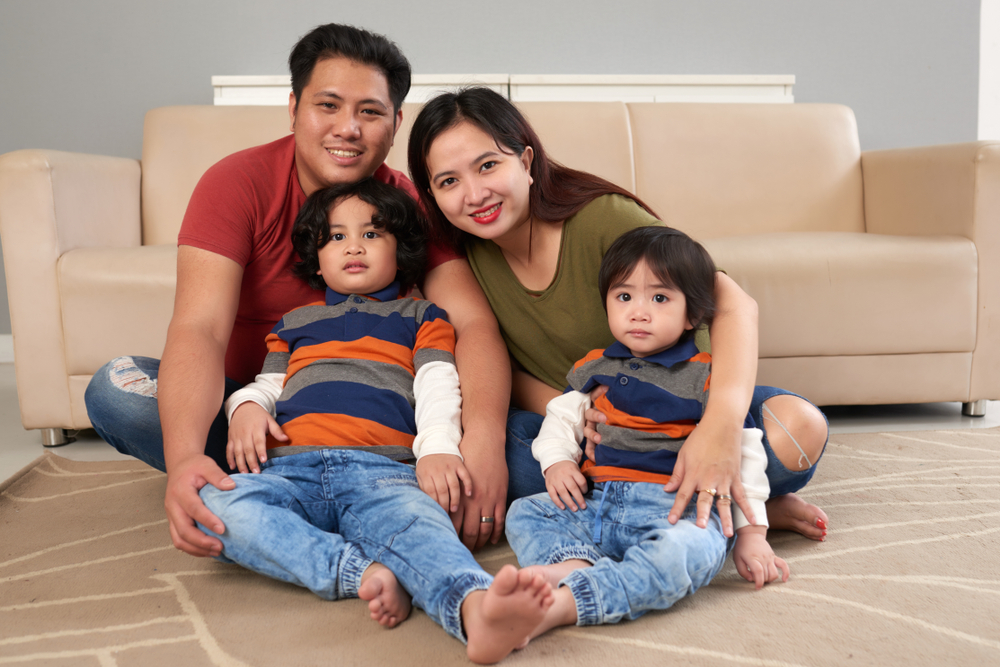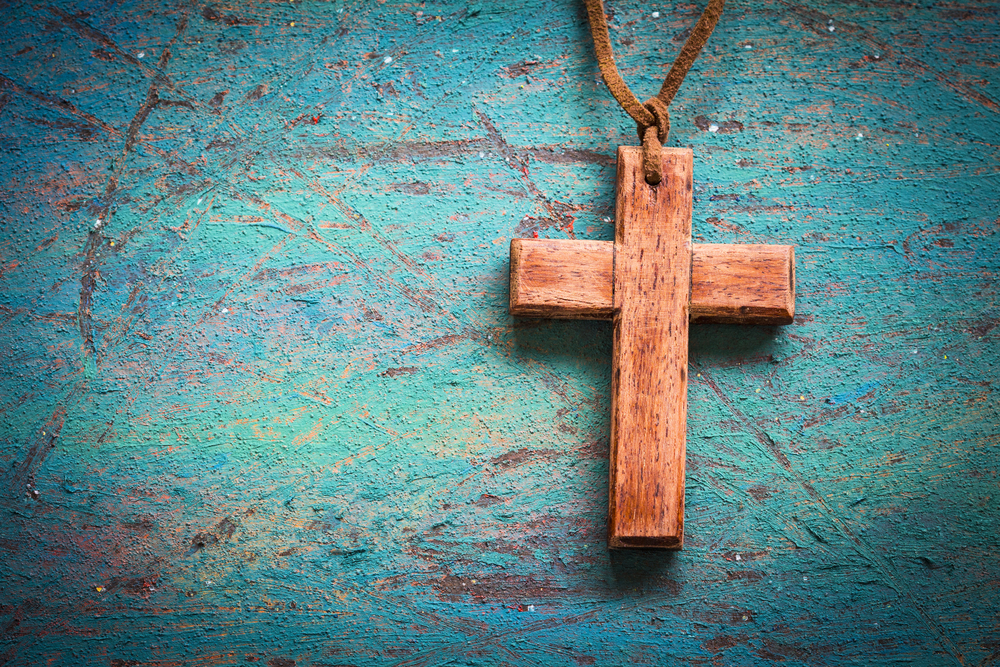Country Snapshot: Cultural Overview
The Philippines is a multicultural society with an easy-going lifestyle. The mix of Polynesian, Spanish, American, Islamic Malay, and Chinese Buddhist cultures gives the islands a colorful vibrancy. But life isn’t free of worry. The nation has a long history of emigration of skilled labor, including physicians, teachers, and engineers. The overseas workers send billions of dollars home, but the brain drain has taken a toll on the country’s healthcare system. In addition, long-running tension between Muslims and Christians has produced a sometimes-violent separatist movement. Lack of education and unemployment are issues among the younger population, with the poverty rate nearly 20 percent and impacting over 20 million people in the country. Activists and journalists are targeted with harassment and attacks, and drug-related violence often kills innocent citizens. Corruption is an issue in both the political and business realms as well.
Cultural diversity in the Philippines is a blend of the influences of Spanish and US colonization, Chinese immigration, and indigenous groups. The first clues of Spanish influence are surnames such as Marcos, Aquino, Arroyo, and Castro. Spain’s three centuries of occupation left traces in almost every aspect of Filipino life, as has the immigration of the Chinese into the archipelago. The indigenous Tagalog ethnicity dominates the current culture and language. Filipino and English are the official languages, and eight major dialects are spoken.
The Christian majority is the dominant force in Filipino society. The family is the cornerstone of social, economic, and religious activities, and interpersonal relationships are highly valued. Religion’s strong hold over life in the Philippines gives clergy—mainly Catholic priests—a lot of authority. The rituals associated with events such as birth, marriage, and death reflect Christian beliefs but have a uniquely Filipino flavor. After Christianity, Islam has the second largest following.
Cultural conflict between Muslims and Christians has turned violent on the island of Mindanao, populated by Muslims long before any other group. Tens of thousands have died over several decades as Muslim rebels have battled for independence. Exploitation of the island’s natural resources and the economic disparity between Catholics and Muslims are among the sources of tension. A semi-autonomous region has been put in place, but Muslims want to expand its size and power.
The women of the Philippines were traditionally expected to be good wives and mothers, but a combination of economic necessity and legislative progress has led women to play more active roles in society. Women comprise about 40 percent of the country's work force, and they have been leaders in politics—two of the country’s presidents have been women. However, political participation is low overall, with just a little over 25 percent of seats held by women in the country's parliament. Filipino women, irrespective of their social and economic class, are still responsible for running the household in the patriarchal culture. Gender-based and domestic violence are serious problems, with one in four Filipino women experiencing gender-based violence.
Filipino cuisine is generally strongly flavored without being spicy. Rice is eaten at most meals, and typical foods often show Chinese influences (as with noodle soups and fried noodle dishes such as pancit) or European influences (as with adobo, a meat stew with vinegar sauce related to Spanish adobado). Garlic and coconut are used generously as flavorings, as are onions and soy sauce, but spices, herbs, and chilies are less common. Typical sweets may be European-style as with flan and enasimada, a brioche-like sweet bread, or Asian as with the layered halo-halo.
Copyright © 1993—2025 World Trade Press. All rights reserved.

 Philippines
Philippines 
